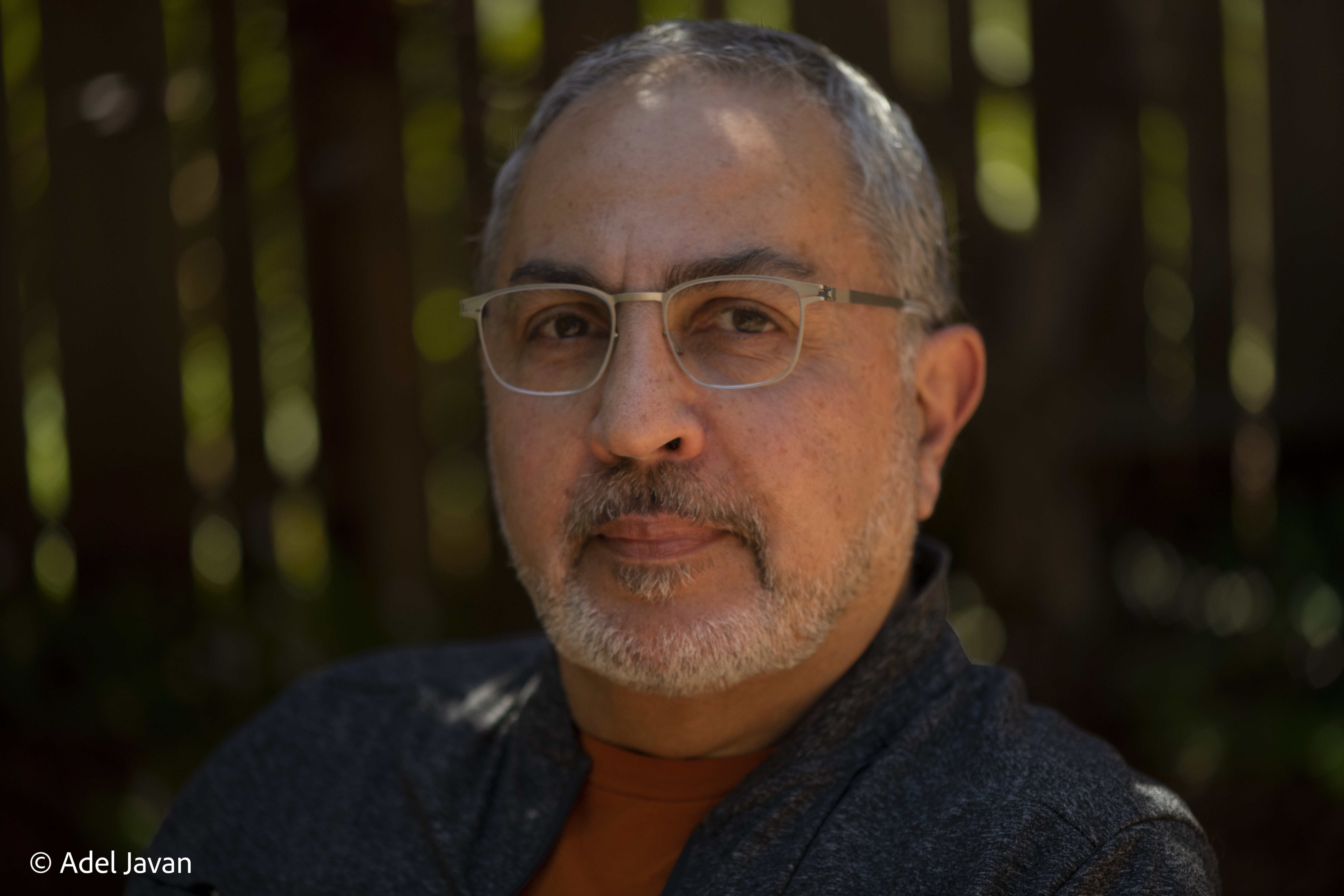Mazyar Lotfalian - What People Do with Images: Aesthetics, Politics, and the Production of Iranian Visual Culture in Transnational Circuits
Thu, Sep 21 2023, 5PM - 6:30PM
Blattner Hall Multipurpose Room | 75 Arkansas Street, San Francisco, California, 94107 View map
Part of event series: Visual & Critical Studies Forum | 2023-2024 Series

Organized by
CCA Graduate Visual & Critical Studies and CCA Undergraduate Critical Studies
Event description
What People Do with Images is a response to, or in dialogue with, visual arts theorist and critic WT.J. Mitchell's What Do Pictures Want? Mitchell himself declares images, rather than pictures, as the more important object of attention, and the book picks up on this conceptual difference, including Mitchell's notion of 'addressing images; that book extends for increasingly post-democratic and a-liberal societies. We seem to have entered an age where aesthetics and politics are technologically conditioned: The book uses French philosopher Jacques Rancière's idea that aesthetics be understood as going beyond the strict realm of art, that it is a form of politics that contests and changes “the conceptual coordinates and modes of visibility operative in the political domain; or what Rancière (2004) calls a politics of the redistribution of the sensible.” This form of politics works through dissensus, shifting boundaries of what is acceptable, rather than engaging in opposition or consensus building.
The languages of art and the discourses about art have been changing in global art markets, museums, galleries, public site-specific arts and cultural politics. It is no longer useful to call them merely “contemporary” as curators have, by default, called whatever comes after the “postmodern.” The arts are both cultural probes and critiques. They are informed by local cultural referents and, simultaneously, they are cosmo-politically conversant across worlds. They code switch and often forge multilingual and intercultural awareness.
The book makes a case for the importance of Middle Eastern arts, and Iranian art in particular, but also Arab art, as having played a key role in spaces of communication across worlds: a) intergenerationally, b) across three key dissensus spaces (the underground, the diaspora, the internet), and c) changing the terms of understanding between Iran/the Islamic world and the rest. The book demonstrates cultural politics in everyday life rather than an older dualism of resistance and authority, and argues that this is a historical shift that became increasingly prominent since 2 0 0 1. The Oscar winning film, A Separation (Jodai-e Nader az Simin, 2011), by Iranian director, Asghar Farhadi, is one such marker in transnational circuits, of the move away from the state as the only representation of Iranian culture in Western reception. At the same time, there was slowly a shift in the Iranian diaspora towards American-inflected issues of cultural assimilation, democracy and human rights, rather than continuing to reflect experiences in the revolution (or before); and there is also a growing poetics of critically re-examining the history and experience of life in Iran, rather than of nostalgias for idealized pasts.
Mazyar Lotfalian is an anthropologist (PhD, Rice University) whose work covers a range of projects on knowledge production, technology, media, and art. His current work focuses on the intersection of public anthropology and urban politics. He has taught at several universities, including Yale, Pittsburgh, and Emerson College, and worked as Assistant Director of Persian Studies at the University of California, Irvine. He spent a year as an inaugural post-doctoral fellow at the Center for Religion and Media at NYU. His recent book, What People Do with Images: Aesthetics, Politics, and the Production of Iranian Visual Culture in Transnational Circuits, is the result of his research at this center.